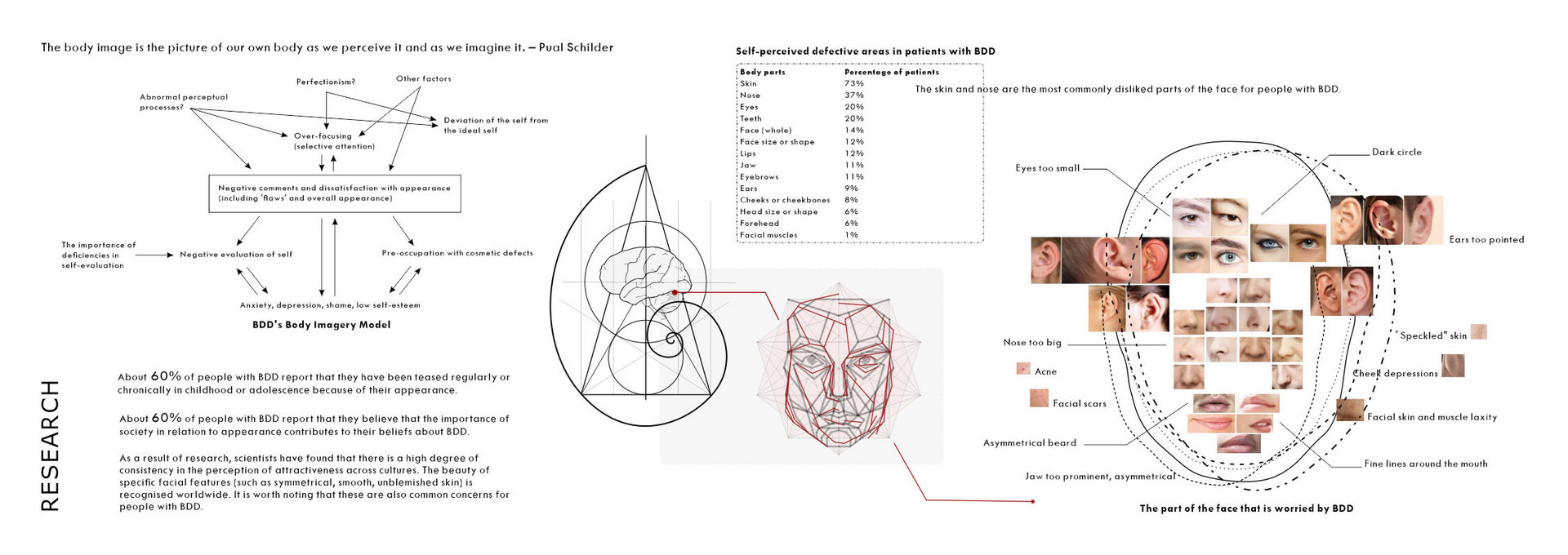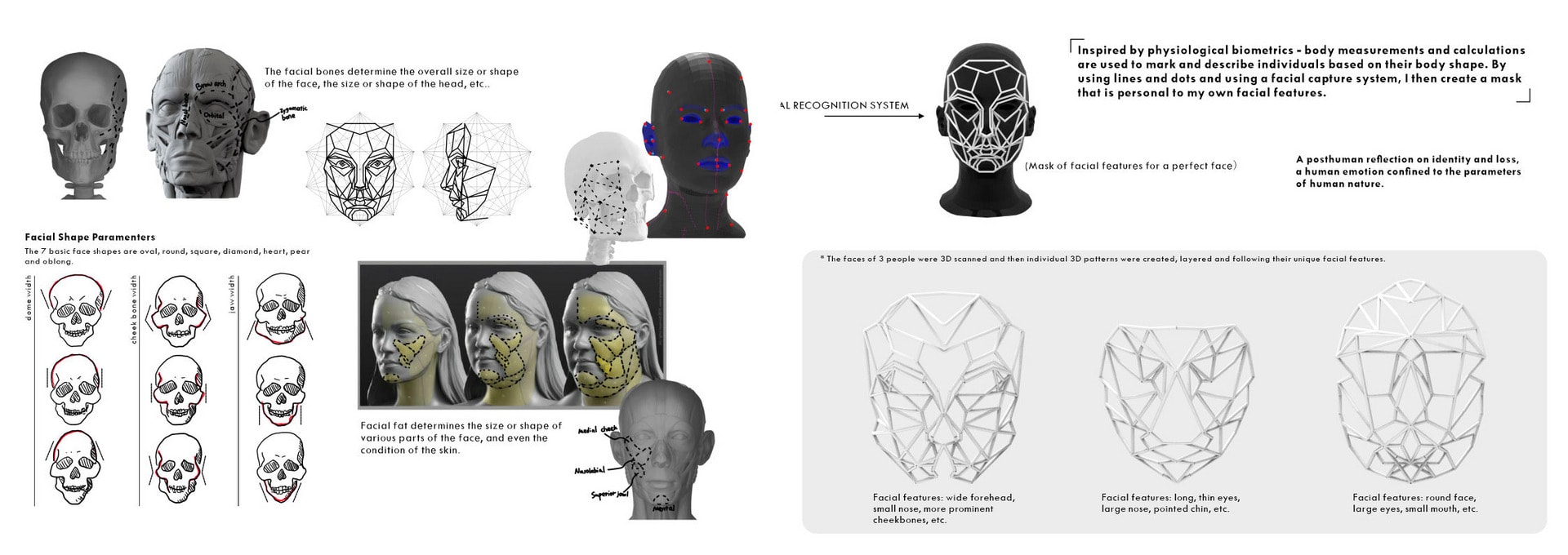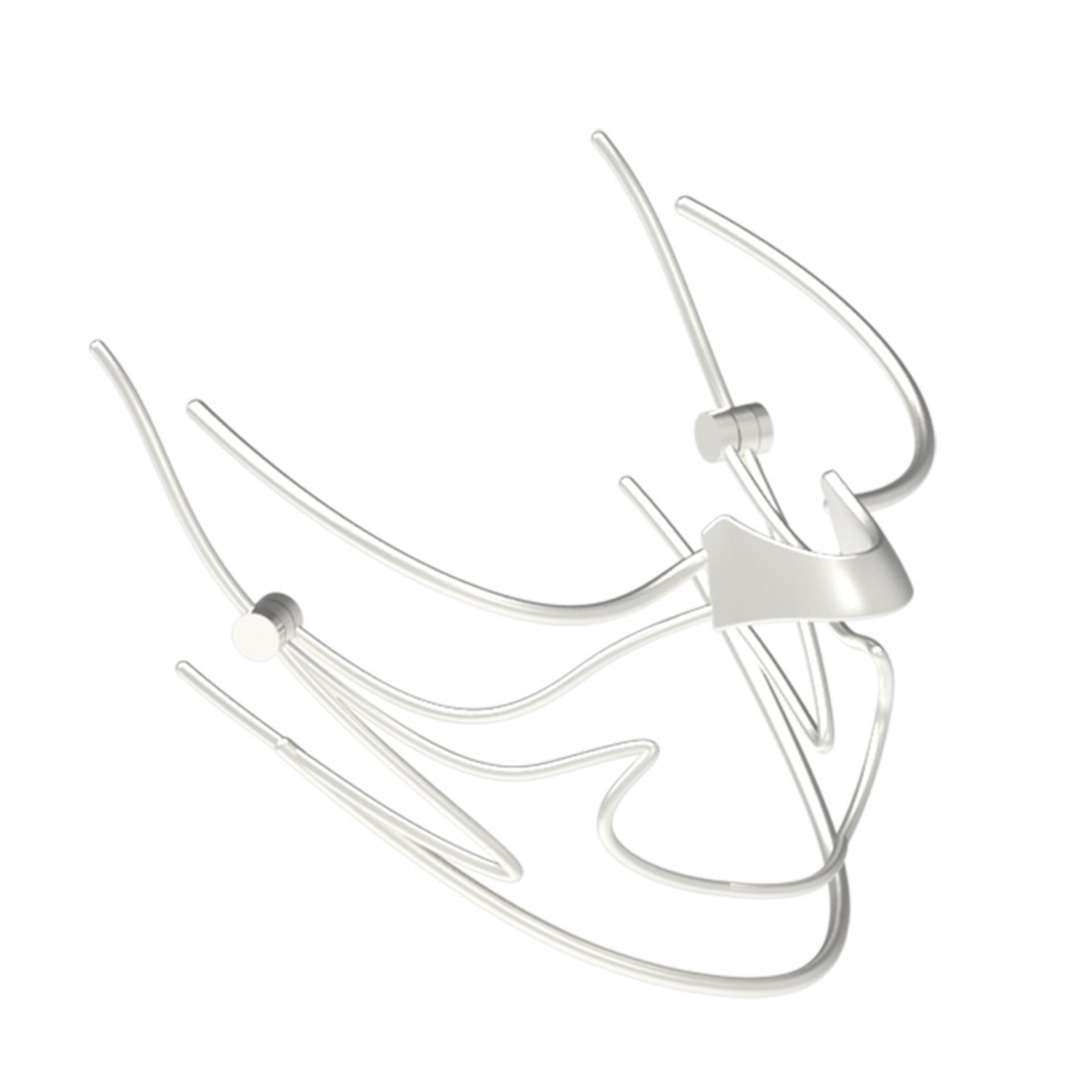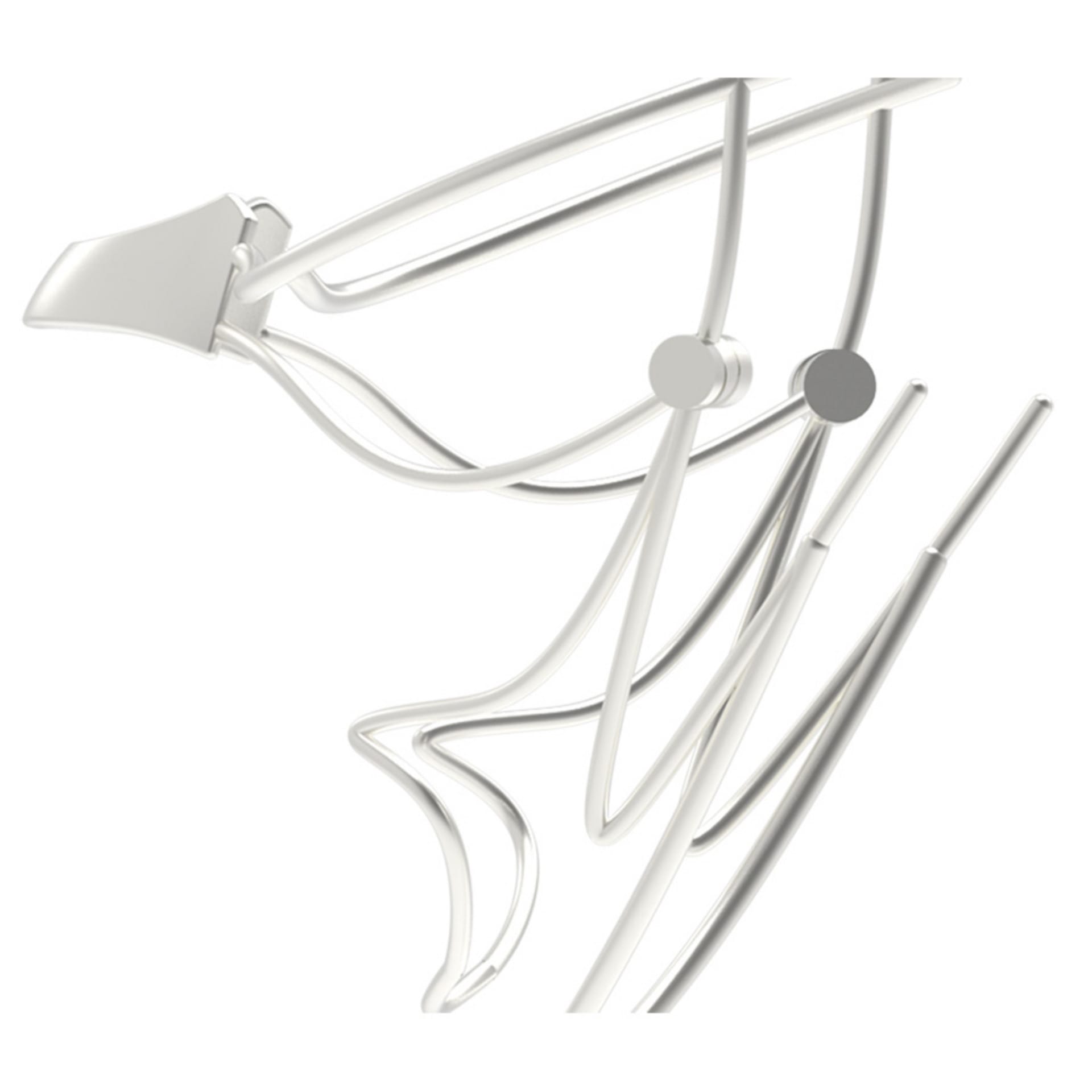Xinping Shou
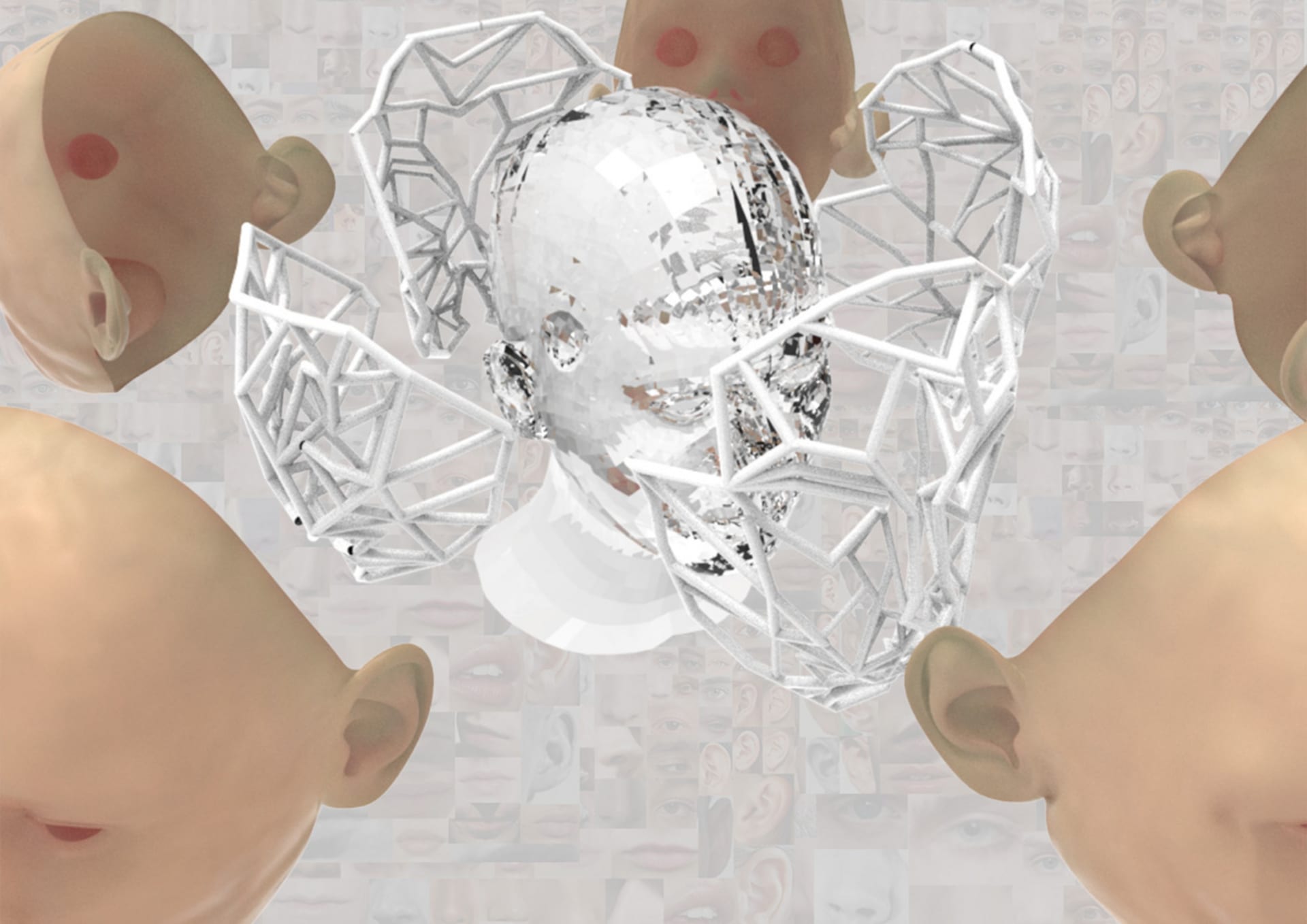

By 2030 the digital revolution is driving a new paradigm shift in urban space, with individuals and communities connected in unprecedented ways using digital media tools and the internet acting as a third skin on the body. And as social media increasingly controls society's aesthetic tendencies towards the body, anxiety about the 'beauty' of body parts (especially the face) begins to grow, with more and more people suffering from body dysmorphic disorder (BDD).
With such strong pressure from advertising and sociocultural messages pushing beauty in appearance, how will social media affect the way we think about ourselves and will BDD become more prevalent?
For this project, I considered that usually with people with BDD there is always a desire for them to accept themselves, so if people could change their facial features very easily, what would this bring to society? At what point do we stop being who we are, from invasive surgery to redesigning the face as a scaffold for new identity? (i.e., losing our personal identity?)
This could be a cynical product, in that it doesn't treat BDD but exploits it, allowing suffers to continuously change their appearance (none of which will ultimately satisfy them).It could be seen as a parody of the fashion and beauty industry, which play on our fears and push us to more extreme consumption.

